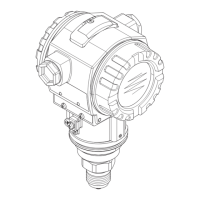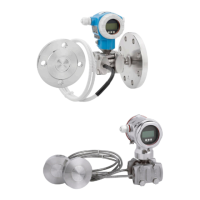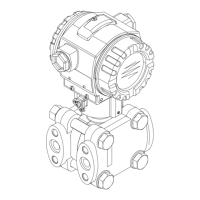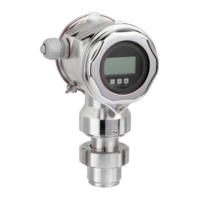Liquiphant S, Nivotester
Endress+Hauser 7
Description of the safety requirements
and boundary conditions
Safety function The safety function of the measuring system is maximum level limit monitoring (overfill protection).
Safety-related signal
The safety-related signal is the fail-safe contact:
• The fail-safe contact is closed in the operating state (tuning fork free).
• The fail-safe contact is opened (safe condition) on demand (tuning fork covered) or if a fault occurs.
Restrictions for use in safety-
related applications
The measuring system must be used correctly for the relevant application, taking into account the medium
properties and ambient conditions. The instructions for critical process situations and installation conditions,
as detailed in the Operating Instructions, must be observed.
The specifications in the Operating Instructions (→ ä 6, "Supplementary device documentation") must not be
exceeded.
Depending on the Nivotester density setting (→ ä 10, "Installation"), the density of the medium must not
undershoot specific limit values:
• Setting ρ > 0.7 (with jumper):
– All liquids of viscosity up to 2000 mm
2
/s with density greater than 0.7 g/cm
3
.
– Viscosities up to 10,000 mm
2
/s are possible in the case of orientations as per TI223F/00.
• Setting ρ > 0.5 (without jumper):
– All liquids of viscosity up to 2000 mm
2
/s with density greater than 0.5 g/cm
3
.
– Viscosities up to 10,000 mm
2
/s are possible in the case of orientations as per TI223F/00.
– Liquefied gas with density greater than 0.44 g/cm
3
.
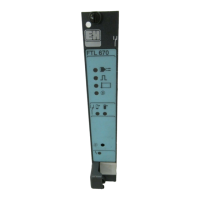
